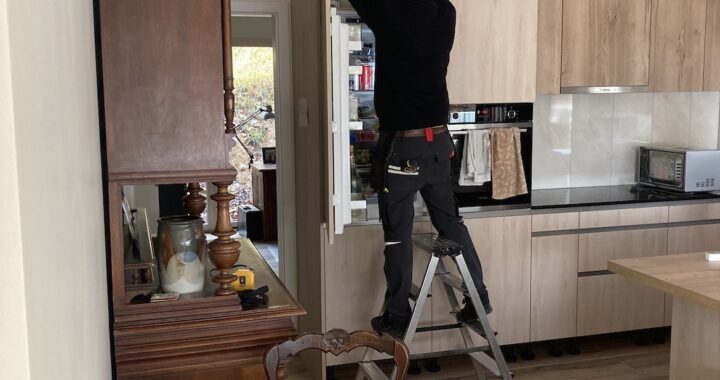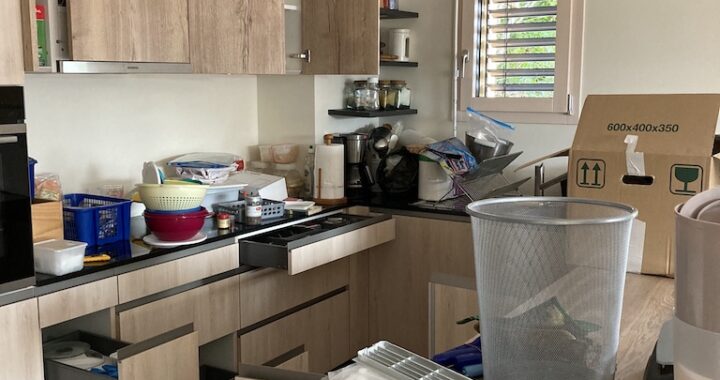 Though Americans may share the same language as the British, we differ in many ways especially when it comes to cars/driving. In the UK and Commonwealth countries such as Australia, the car’s steering wheel is on the passenger side. The driver sits on the right, yet drives on the left side of road.
Though Americans may share the same language as the British, we differ in many ways especially when it comes to cars/driving. In the UK and Commonwealth countries such as Australia, the car’s steering wheel is on the passenger side. The driver sits on the right, yet drives on the left side of road.
In England, I fear going anywhere near traffic even as a passenger. On recent trip there, my son sat on the right side to drive on the “wrong” side, the left. I rode shotgun- a hair raising experience – I kept thinking we would crash in a head on collision.
As we wound through villages on pencil thin roads through a maze of round-abouts, I felt like I was on Mr. Toad’s wild ride in Disneyland.
In England, I start stimming every time I get into a vehicle. Granted my anxiety may be greater because I am directionally challenged. I am one of the 20% percent of the population that has trouble orientating themselves in space and distinguishing right and left.
Left-right discrimination involves higher neurological functions integrating sensory and visual information, language function and memory. This problem, more common among the left-handed, women and people with a high IQ, offers no consolation.
I blame my older brother for my directional disability. Born with a map in his brain, he hogged our family’s spatial orientation gene.
The only thing scarier than driving in England is walking in England. As a pedestrian, I am afraid to cross the street; I can’t figure out which way to look for oncoming traffic. Like a deer in headlights, I freeze on the corner too terrified to set foot off the curb.
The roadways through villages are so narrow that even while walking on the sidewalks, I hug the brick facades fearful of being sideswiped by those wrong way drivers.
Driving on the wrong side will never be on my bucket list, but if you do dare to drive in the UK here are few tips.
- Hang a ‘think left’ poster on your dashboard. Remember to look first to the right when crossing the road. Take care when pulling out of junctions, one-way streets and at roundabouts.
- Beware that unlike the rest of the continent, which gives priority to the right, there’s no priority to the right or left on UK roads.
- An octagonal stop sign with a solid white line on road or a triangular give way sign (dotted white line on road), where a secondary road meets a major road.
- At all crossroads and junctions, ‘Stop’ or ‘give way’ may also be painted on the road surface. But in England’s typical rain and fog, I doubt you will ever see that.
- Traffic flows clockwise round roundabouts and not anti-clockwise as in countries where traffic drives on the right.
- UK drivers set a lively pace, which is often way above the prevailing speed limit.
Lastly, if you do drive in England, be sure to slow down and wave when you see me still standing on the corner, waiting to cross the street.



Nice article, Pat. I feel compelled to ask how many times you turned the windshield wipers on instead of using the directionals? That was a family member’s challenge when driving on the “wrong” side in New Zealand. Always enjoy reading your blog!
Oh Kathy, I never actually drove the car. I was scared just sitting in it. I should have mentioned that the majority of cars are manual and the driver also has to shift speeds with the left hand. Yikes! So glad to hear your are enjoying my blog. Thanks.
Hi Pat, well you certainly brought me right into this experience. Driving on the right side of the road in America is challenging enough for me. I would be right there with you, cringing and hanging on for dear life if I ever had the occasion to ride/ drive in Europe!
It was indeed a wild ride and we weren’t driving anywhere near London. I wonder how people ever dare to drive in the big cities.
I remember driving in UK in the ’70s on business. It did seem strange but I mastered driving OK. However I nearly got hit as a pedestrian as in UK you MUST look right first! Also when I came back home after a time in UK, I was driving in USA on a lonely country road I found myself driving on the wrong side of the road. A distant car coming at me reminded ME that I was on WRONG side! Love, U Wayne
Oh Uncle Wayne thank you so much for sharing your anecdote. It was wonderful to hear from you. Once in London, I almost got hit crossing the road. I wonder what is it called when you change countries and time zones and have trouble readjusting to driving rules. Car lag?
Pat, during the short time my son and I were in Ireland, I, too, found it confusing to ride in a vehicle operating on the “wrong” side of the road! I suppose one gets used to it after a while, especially those who live there and grow up accustomed to it, but it’s a BIG change for us Americans. I wonder how come we changed, for I imagine their way was the “right” way first!
You were so brave Debbie to take on that challenge of driving abroad on the wrong side, which as you said is really the right way. I am curious to find out why we switched to driving on the opposite side of UK countries.
Pat, you just made me laugh out loud. I can just see you there frozen on the street corner!
Want an even bigger laugh? Couldn’t you just picture the two of us loose on the road in London?